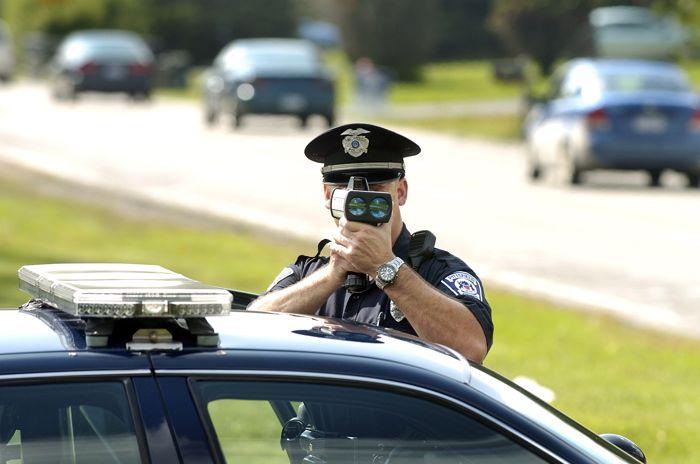
According to Hampton Roads, a Virginia company called ComSonics is responding by developing a new type of radar gun that could help cops sniff out distracted drivers.
The device works by monitoring, scanning, and identifying radio signals associated with cellphone use. According to Malcom McIntyre, Mobile Calibration Manager at ComSonics, cell phones emit different frequencies when sending a text, making a call, or transferring data, which could allow police to single out illegal driving activities.
This is especially important in ComSonics’ home state of Virigina, where texting is illegal but talking while driving is perfectly acceptable.
Related: If you’re texting and driving in Long Island, your phone might be disabled
ComSonics actually began as a cable TV company, an industry that gave McIntyre the initial inspiration to develop his prototype. Cable repairmen often use radar to locate leaking frequencies in broken cable lines, and ComSonics plans to mirror those methods with its text-detection technology.
McIntyre says the device is “close to production,” but admits the device could face obstacles in the form of legislative approval. It also raises interesting questions about accuracy and intrusion.
What if a passenger is the one texting and the driver is doing nothing wrong? What if a driver receives a text on their iPhone or Android but doesn’t respond? Wouldn’t that send the same type of radio frequency and consequentially alert nearby police? What if the driver is using voice-to-text software and not touching their phone at all?
McInyre also assures that the radar-detecting equipment will not be able to read individual messages transmitted by phone, just detect them, but clearly ComSonics’ system has a long way to go.
(Photo via The Car Connection)


